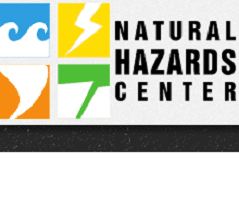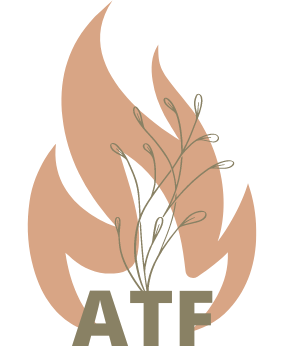Events
Calendar of Events
|
S
Sun
|
M
Mon
|
T
Tue
|
W
Wed
|
T
Thu
|
F
Fri
|
S
Sat
|
|---|---|---|---|---|---|---|
|
0 events,
|
0 events,
|
0 events,
|
0 events,
|
1 event,
-

Webinar recording. Description: Climate change is not just a global issue, but a local and regional reality. Action is needed at all levels, and the integration of landscape conservation strategies and the natural solutions the landscape conservation community can implement at scale must be considered and supported as part of the climate solution to mitigate… |
0 events,
|
0 events,
|
|
0 events,
|
0 events,
|
0 events,
|
0 events,
|
0 events,
|
0 events,
|
0 events,
|
|
1 event,

Workshop website. About the Workshop: Since 1975, the Natural Hazards Center has hosted the Annual Natural Hazards Research and Applications Workshop in Colorado. Today the Workshop brings together federal, state, and local mitigation and emergency management officials and planning professionals; representatives of nonprofit, private sector, and humanitarian organizations; hazards and disaster researchers; and others dedicated… |
0 events,
|
0 events,
|
0 events,
|
|||
|
0 events,
|
0 events,
|
0 events,
|
1 event,
-

Webinar recording. FRID statistics have been used for decades to help managers and scientists understand the ecological consequences of changing fire frequencies. The Forest Service Region 5 Ecology Program worked with UC-Davis to build a spatial FRID data layer that compiles information about fire return intervals for major vegetation types on the 18 National Forests… |
0 events,
|
0 events,
|
0 events,
|
|
0 events,
|
0 events,
|
1 event,
-

Webinar recording. This presentation examines how post-fire planting success is influenced by climatic, microclimatic, topographic, and biotic factors. Multiple seedling planting experiments across northern New Mexico were evaluated using seedling monitoring, remote sensing, drone, and microclimate data. The results show tree seedling survival in high severity burn patches is largely determined by microclimatic refugia formed… |
0 events,
|
0 events,
|
1 event,
-

Webinar registration. Parts of the western U.S., like southern California and Colorado, have a history of damaging debris flows after wildfire. Other regions are facing new postfire risks due to expanded wildfire activity. After a wildfire, emergency managers need rapid answers to the questions: Where in the burn area are debris flows likely? How much… |
0 events,
|
|
0 events,
|
0 events,
|
0 events,
|
1 event,
-

View videos. Native Seeds: Supplying Restoration is a nine-part video series that explores the native seed supply chain in the western United States. Filmed over four seasons, this series weaves together footage of seed collectors, farmers, researchers, and land managers working to scale up the supply of native seeds to meet the growing restoration demand.… |
0 events,
|
0 events,
|
0 events,
|

